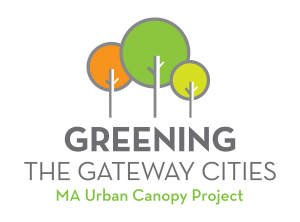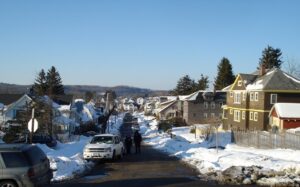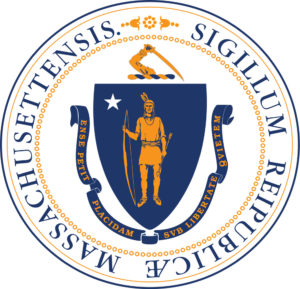Temperature
Data Collection
in Chelsea, Fall River, and Holyoke, MA


Planting trees benefit our communities in many ways, including improving air and water quality and making our neighborhoods more beautiful. Trees also regulate air temperature by keeping the air cooler in the summer and blocking cold winds in the winter. Small outdoor data sensors were installed in the pilot cities of Chelsea, Fall River, and Holyoke in 2014, when the Department of Conservation (DCR) began planting trees in those communities. The sensors record hourly, high and low temperature readings. DCR Foresters download the data annually in the summer. The information collected is shared with researchers who analyze the data to understand how air temperature changes as the new trees grow.


The DCR temperature data collection is modeled after a study done in Worcester, MA following the USDA’s effort to eradicate the Asian Longhorned Beetle.

Temperature Data Collection Device
Temperature Data Collection Devices Frequently Asked Questions
What does the device look like?
The device is a small plastic pendant smaller than a credit card. It is attached to a small metal tent that protects it from the elements. See the image at left.
What data does this device collect?
The ONLY data collected by this device is outside air temperature.
Why has this device been installed in your neighborhood?
To collect data on the impact of the canopy (leaf cover) of newly planted trees on nearby air temperature.
How often will the sensor be visited by DCR Forestry Staff?
Once per calendar year, typically in the summer (July-August)
Who do I contact if I have questions about the device?
Rachel DeMatte
Greening the Gateway Cities Program
MA Department of Conservation and Recreation
(617)455-1847
rachel.dematte@mass.gov
Where can I learn more about DCR’s Greening the Gateway Cities Program?
Website address: maurbancanopy.org
research papers
Historical Urban Tree Canopy Cover Change in Two Post-Industrial
Cities (PDF Download)



